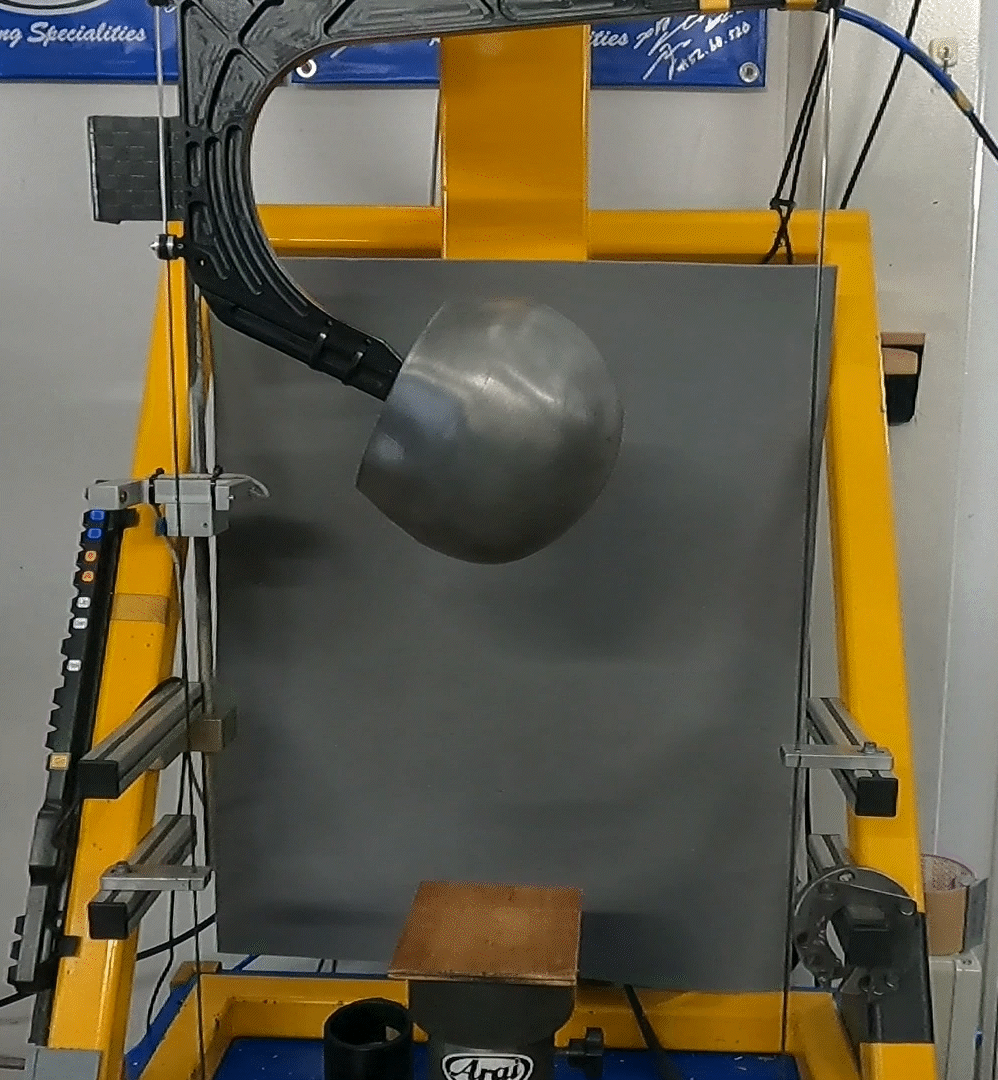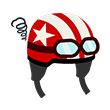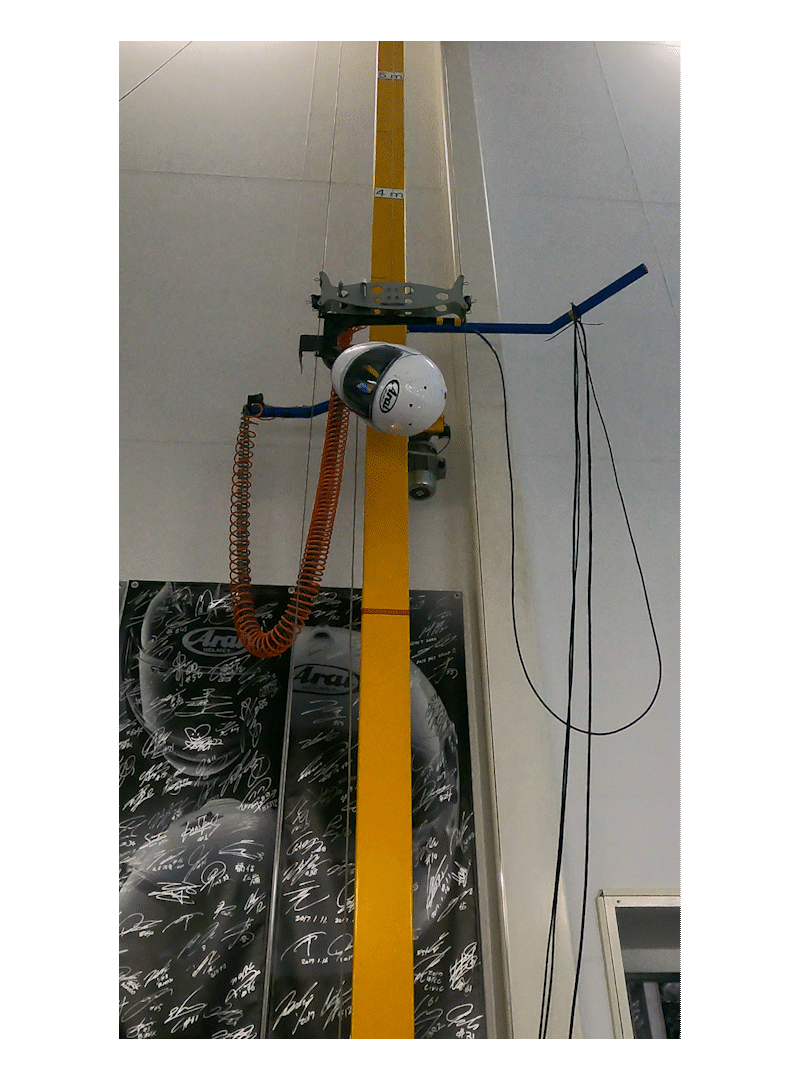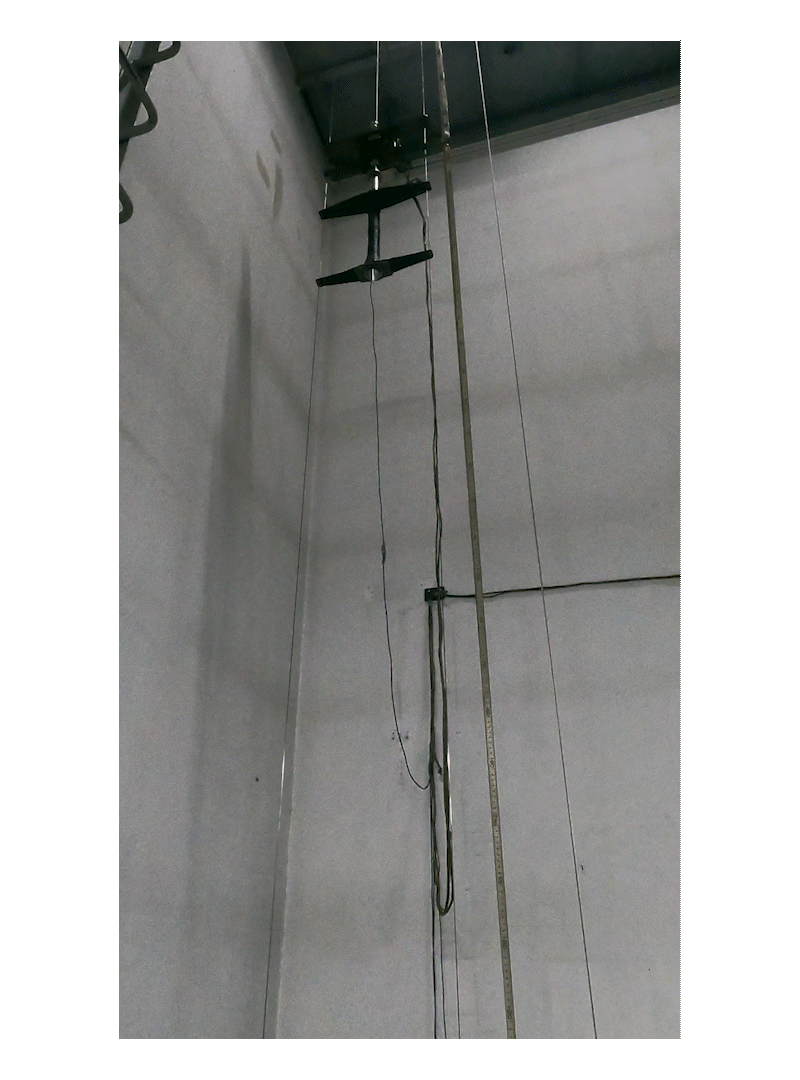Continuing from last time, we are visiting the helmet manufacturer.


Thank you for teaching us so much about helmets!
I wanted a new helmet!

Me too!
What are the key points involved in choosing a helmet?

Of course, design and size are important, but you should also look at the safety standards to which it conforms when choosing a helmet.

What are safety standards?

Safety standards are standards that have been established and adopted to ensure the safe use of products for the protection of our body and property of consumers.

There are different kinds of standards for helmets, and there are various tests to make sure they conform to them.

Okay, here are some safety standards and tests.
Safety Standards:
・Snell Standard
It is a voluntary standard set by the Snell Foundation in the United States.
The Snell Foundation, a non-profit organisation, was established in 1957 to ensure that riders have a choice of safe helmets. The Snell Licence is only issued to products that meet the safety standards.
The standards are reviewed approximately every five years, and each time the safety standards tend to become more stringent.
・ECE Standards (Economic Commission for Europe)
It is a standard set by the Economic Commission for Europe.
It is a mandatory standard widely adopted mainly in Europe, and has undergone a major revision in recent years.
・DOT standards (Department of Transportation)
It is a mandatory standards set by the Department of Transportation in United States.
It is a standard that establishes the minimum standards that must be met by helmets for riding on applicable public roads in North America and is updated irregularly.
・Country-specific standards
In some cases, the country may have its own safety regulations and/or standards for consumer protection.
Safety Tests:
・Impact Management Test
This test checks the impact acceleration transmitted to an accelerometer inside the human head model and checks the impact absorption capacity. A helmet is placed on the human head and dropped from a height equivalent to the speed specified in the standard.
・Shell Penetration Test
This test checks the strength of a helmet against sharp objects such as road and roadside protrusions and motorcycle steps. The helmet must be able to prevent the striker from reaching the human head model.
・Dynamic Test of Retention System
This test checks the strength of the chin strap. Testing the chin strap is important because the impact of a fall may cause the chin strap to come off or stretch and the helmet to come off.
・Positional Stability Test
This test checks whether the helmet can be easily removed by stretching the chinstrap or creating a gap when the helmet is placed on a human head model and force is applied back and forth as if to remove the helmet.
・Chin Bar Test
This tests checks the strength of the chin bar. Tests the strength of the chin bar to prevent it from deflecting on impact and damaging the face in the event of a collision.

As you can see, there are several safety standards for helmets and there are many different types of tests.

There are so many different standards and test types.

Is it possible to watch any of the tests?

So, let's take a look at “the Impact Management Test” and “Shell Penetration Test”!
・Impact Management Test

In this test, a helmet is placed on a human head model, and the model is dropped onto an anvil (a steel platform that simulates an obstacle on the road) to measure the impact.


There are several different shapes of anvils, but a hemispherical one tends to concentrate the impact on a single point.
In this test, we will use a hemispherical anvil.



First, I'm going to try dropping it from a height of 30 cm with just the human head model without the helmet.


That's a 420 G impact applied.
Medical science says that a 300 G impact to a person's head can cause some kind of disability.
So 420 G impact without a helmet is quite dangerous.
*G is a unit of measure for the magnitude of acceleration.
1 G is equal to the Earth's gravitational acceleration (9.8 m/s²).

Wow, scary... Helmets are important after all.

The next test is with the helmet on.

The "Snell Standard" is said to be the world's strictest test for impact absorption.
The helmet is subjected to two impacts to the same point on the helmet.
If each G is within the criteria of 275 G, it passes the test.
Example of test conditions : Test details for helmets with a size of 57-58 cm
(Snell standards have different test conditions depending on size).



The results were within the criteria, so it have passed the test.

The helmet absorbs so much impact.
You do this kind of testing to check!

Next, let’s look at the Shell Penetration Test.
・ Shell Penetration Test

With a helmet on the human head model, drop a 3 kg pointed striker at 7.45 m/s (3 m height) against two points on the helmet.
The test is passed if the tip of the striker does not make contact with the human head model.

This time, I'll set the position so that the striker hits the air vent hole, which is a tough test condition.


Now for the actual test.


The tip of the striker is not in contact with the human head model, so it have passed the test.


If I imagine a situation where something sharp like this falls down,... terrifying!
But is anything this sharp actually possible?
Maybe the standards are too rigorous?

This test is also very important because the foot steps of the motorcycle and, in some accidents, the motorcycle could fall on your head.

I see, that makes sense!

Thus, the helmets are rigorously tested to prove their safety.

Each country also has its own safety standards, so do your research and buy a helmet that meets these standards beforehand.

Yes, sir! Understood!
I learnt a lot, thank you very much!

Thank you very much!
*Interviewed at : ARAI HELMET, LTD

Last time we talked about fitting and briefly about safety.
Refer to the link below for more information.